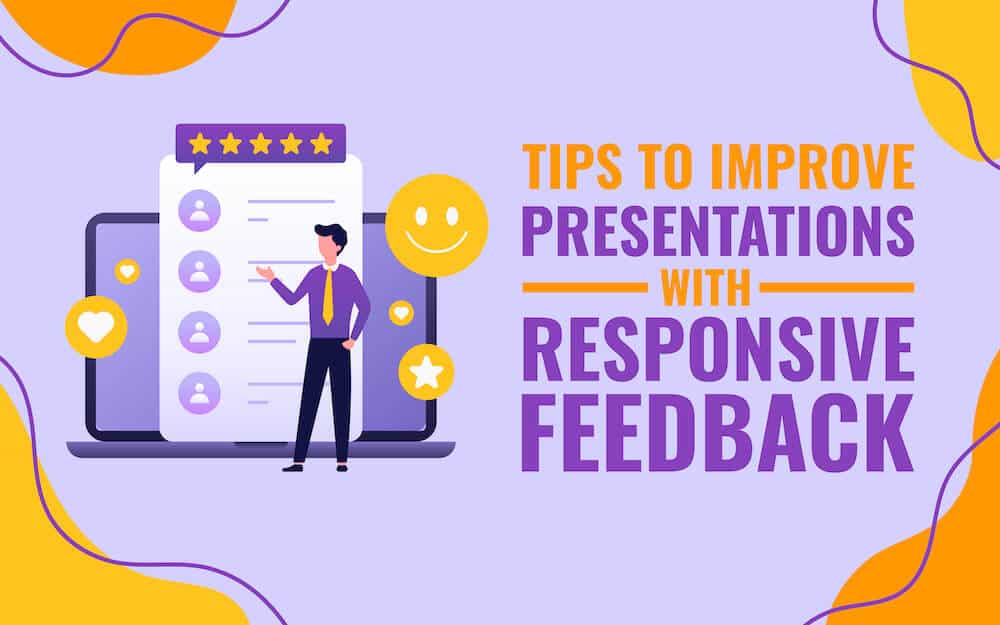
Congratulations on being selected to present at your organization’s most significant annual conference! You must have started preparing for the big day and working on your PowerPoint slides. But what if no one will listen to you in the conference, although you have organized all the meticulously researched facts, statistics, and data nicely and adorned your slides with high-definition visuals and graphics? Well, we are not scaring you! We are trying to draw your attention towards some significant aspects, which, if overlooked while preparing, can ruin all your efforts on the presentation day.
Being heard by the audience with full concentration makes you feel empowered, delighted, and valued. Isn’t it? However, to get heard, you can’t solely rely on the ways of speaking that you have learned in childhood. As you grow and become a professional, you need to refine your communication style and adjust it according to the context and the people with whom you are interacting.
In this blog post, we have included some tips to get your audience interested in listening to you wholeheartedly. Have a look!
1. Understand the Power of Conversational Style
While preparing for the speech, most speakers put all their effort into considering ‘what to say’ and usually forget to think about ‘how to say.’ Here, it is essential to understand that the way you converse is vital to make a powerful impression and garner more admiration and respect from the audience.
There is a certain way to convey your message – with a certain degree of loudness, at a certain pace, and in a certain tone of voice. Further, a few seconds of pause render more thoughtfulness to your sentences and give listeners time to process the message. To sum up, you can win the hearts of the audience by honing your characteristic speaking pattern.
2. Don’t Overlook the Cultural Difference
Audience members that belong to different cultures have some genuine differences in their communication styles. However, these differences are not absolute or genetic; they are learned from the surroundings and are deeply ingrained. These cultural differences shape the perceptions of the listeners and impact how they take in information.
Delivering a speech to multicultural audiences outside of your comfort zone is indeed a big challenge. Nevertheless, you can overcome it with great preparation and the following tips:
- Do your research well. Use the local media, search the Internet, and read travel magazines and guidebooks to gain as much knowledge and information as you can about the culture of the audience to whom you will be talking during your presentation.
- Enunciate clearly with a neutral accent.
- Be mindful of personal space, eye contact, and body language.
- Be careful while using metaphors.
- Don’t use certain words unless you are absolutely sure of their pronunciation and meaning in a particular language.
- Back up your verbal message with relevant, high-definition visuals.
3. Dare to Go Beyond Learned Social Norms
From childhood, our communication pattern is shaped and structured by our parents and teachers according to the prevailing social norms. But in adulthood, when we pursue a career and interact with people outside our social circle, we have to come out of our typical social norms and communicate with them according to their norms to keep the conversation going on. For example, they might take shorter pauses between sentences or speak faster than you. You must take their rules into account and acknowledge them if you genuinely want to get heard.
4. Take Advantage of Power Dynamics of Interaction
Power dynamics is not about using your power to dominate others; it’s about enlightened collaboration for building value-adding relationships. You can make the best impression and persuade your audience by combining power dynamics with your social skills. Expand and share your power with the audience by asking them to actively participate in your conversation, raise questions, and put forward their suggestions. In a nutshell, use your charm, charisma, and assertiveness as a power to get your voice heard.
The Inference
There is no one best way of communication; it depends on many factors, such as linguistic styles, the relative rank of speakers, the culture, situation, etc. The way of interacting with one person in one situation and context could be offensive to someone else. So, as a speaker, you must have the ability to understand the situation and cultural background of the audience and adjust your communication style according to them.
How do you find the blog post? Do share your thoughts with us in the “Comment” section below. Also, do share it on your social media handles.



